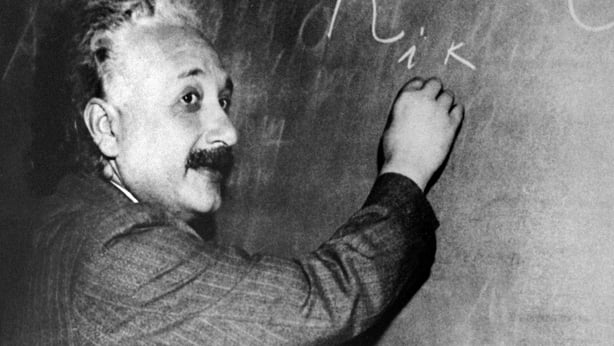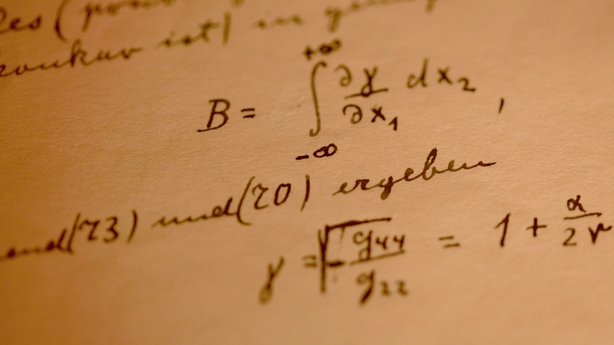Events have been taking place around the globe today to mark the 100th anniversary of the presentation by Albert Einstein of his theory of general relativity to the world.
The paper was delivered by the German-born theoretical physicist to the Prussian Academy of Sciences on this day in 1915, opening up a whole new explanation of the mechanics of the universe to the world.
The hypothesis, described by the great Russian physicist Landau as "the most beautiful of all physical theories", is considered to be one of the most important in modern physics.
It claims that space and time are inextricably linked, and become bent or curved by massive objects like stars.
The resultant effect of that movement is what we know as gravity.

The theory has formed the bedrock of physics, and has helped our understanding of issues like the Big Bang and expansion of the Universe, the motion of planets and the existence of black holes.
Einstein's theory trumped the adopted conventional view at the time which was based on theories put forward by Isaac Newton 200 years earlier.
He had theorised that two bodies attract each other through an instantaneous "action at a distance".
It accurately explained certain things, like why planets orbit in the solar system.
But it was not compatible with the fundamental principle that no information can travel faster than the speed of light and that there is no way of defining what "instantaneous" means for events in space.
While Einstein put forward his theory on 25 November 1915, the ongoing World War One prevented anyone from successfully proving it until four years later.
That year English scientist Arthur Eddington went to Brazil to observe a total solar eclipse.
He brought with him two pieces of equipment to test Einstein's theory by watching star positions to see if light was being bent by the Sun.

The first failed to work. However, the second device, a coelostat built by the Rathmines-based firm Grubb worked perfectly, providing the earliest practical successful evidence of truth of Einstein's great theory.
The coelostat is currently in the possession of the Dublin Institute of Advanced Studies and is on display to mark the anniversary.
100 years on, much investigation continues around the area of general relativity, particularly on issues which have yet to be experimentally proven to be true.
In particular, how it combines with the theory of how very small particles interact - known as quantum mechanics - remains to be established.
Scientists are also exploring ways of capturing evidence of gravitational ripple, which must be generated by large objects in space like stars, black holes etc if Einstein's theory is correct.
They are thought to exist, but no direct evidence has ever been found of them.
The European Space Agency is currently working on a space-based project called Lisa (Laser Interferometer Space Antenna), which would use a special detector to pick up the ripples.
A preliminary probe, called the Lisa Pathfinder, will be launched on 1 December to test some of the equipment which would be needed for the mission to prove successful.
Other Earth based experiments are also underway, including the Advanced Virgo project near Pisa in Italy.

